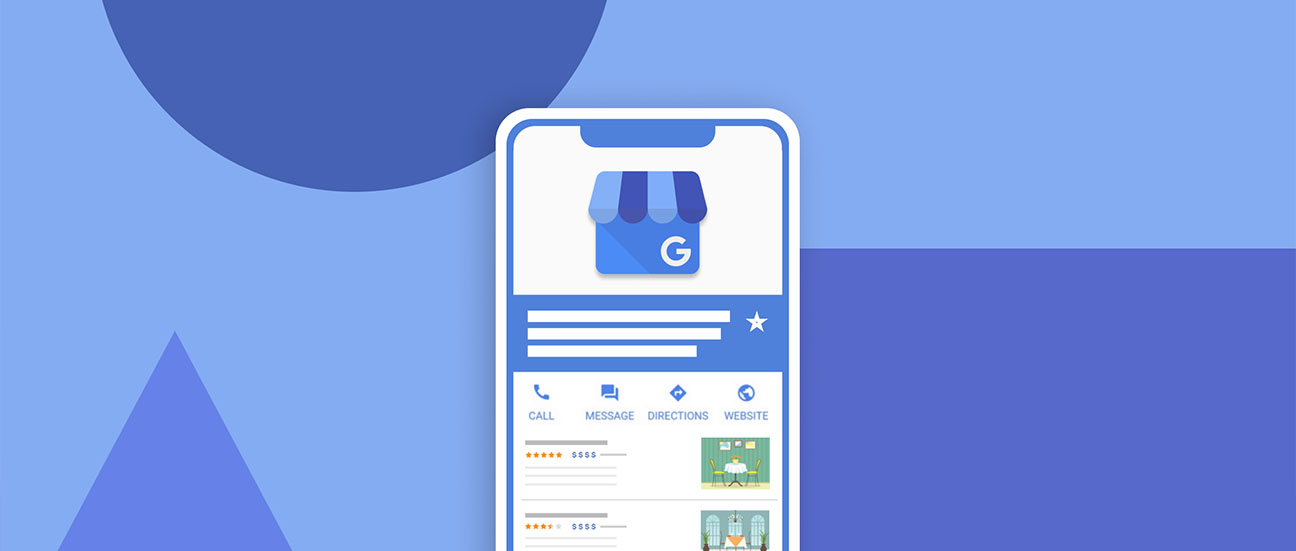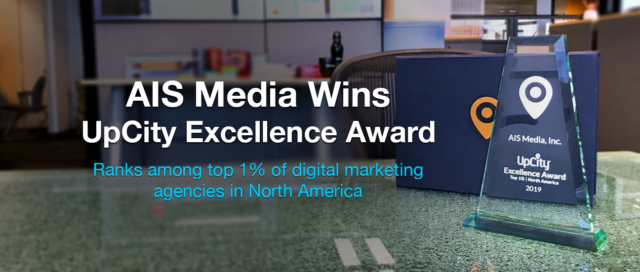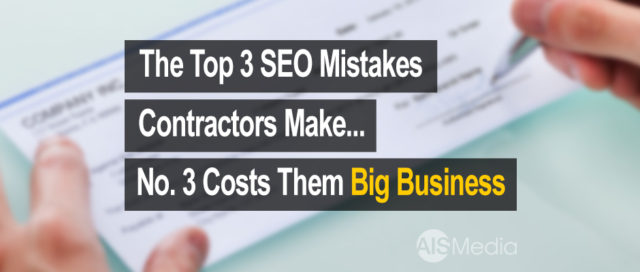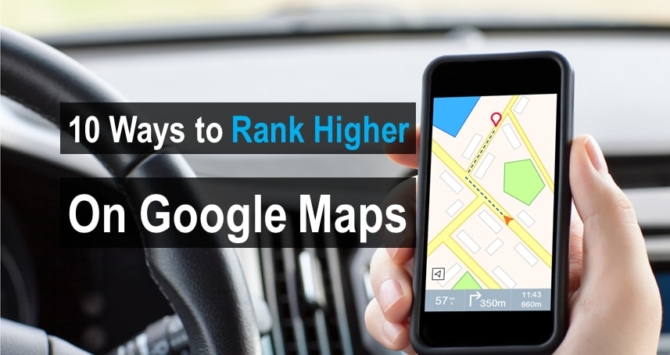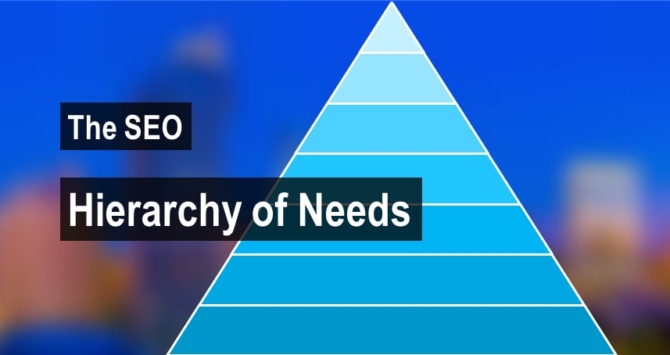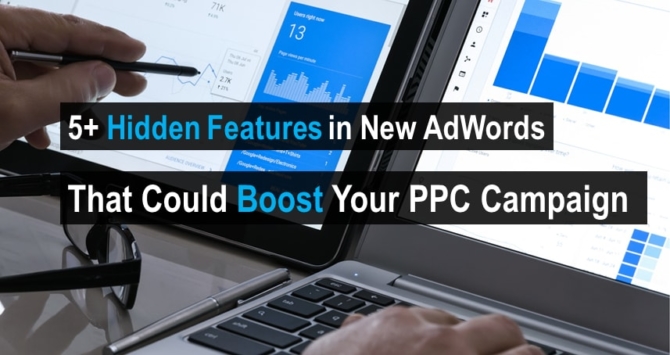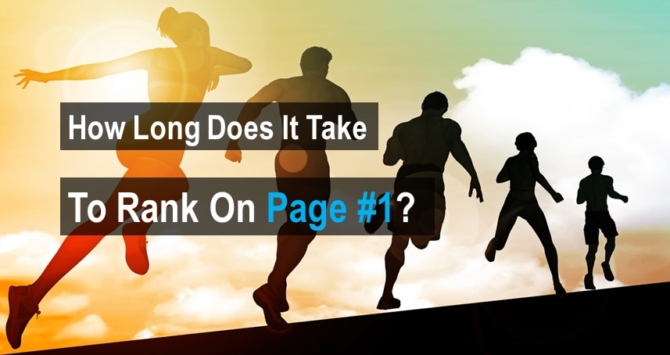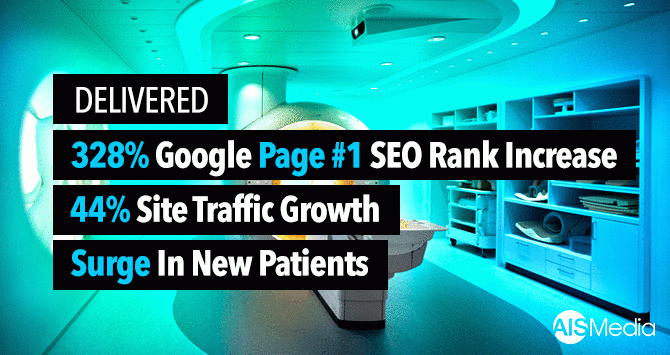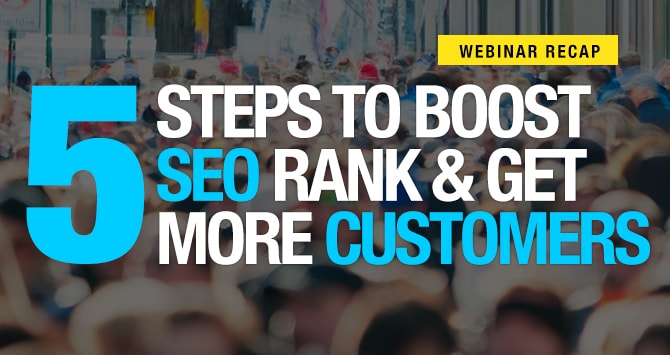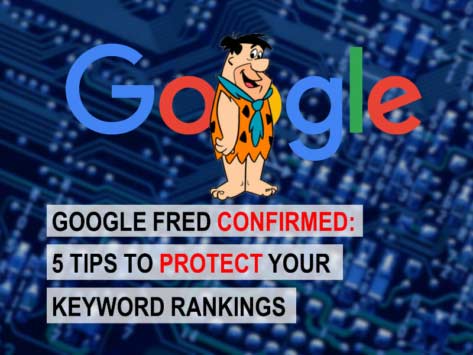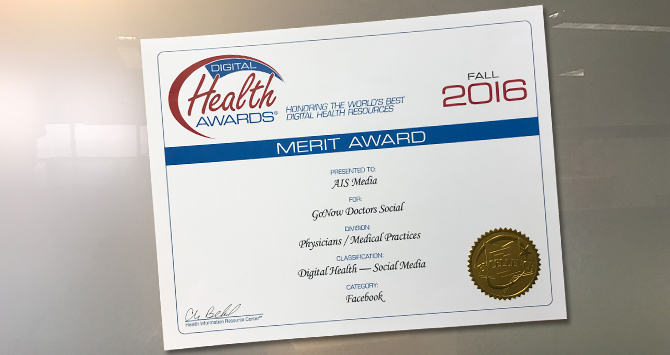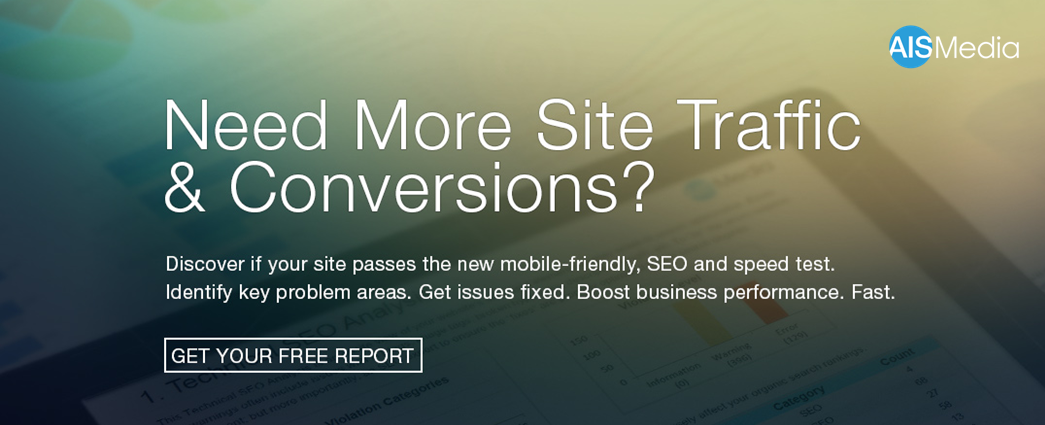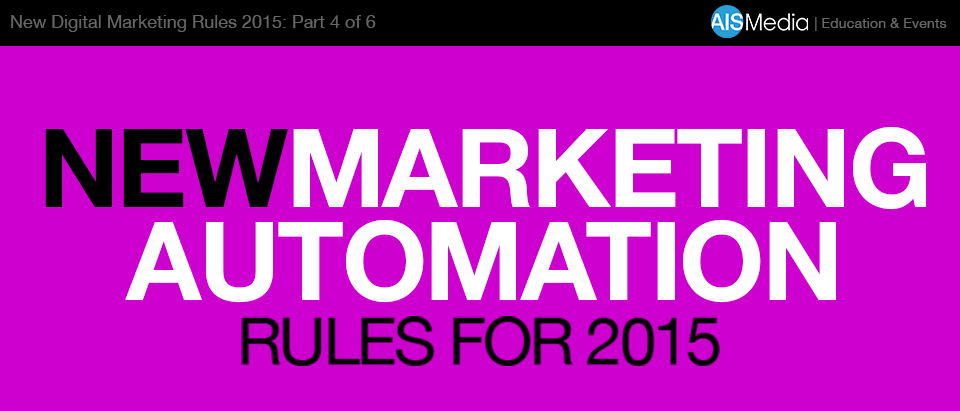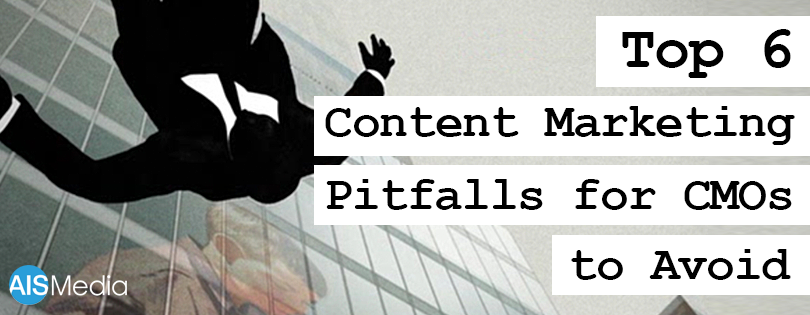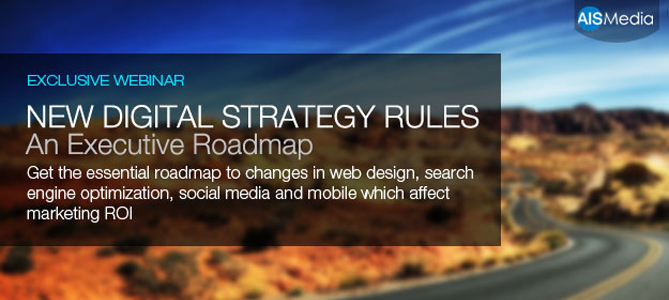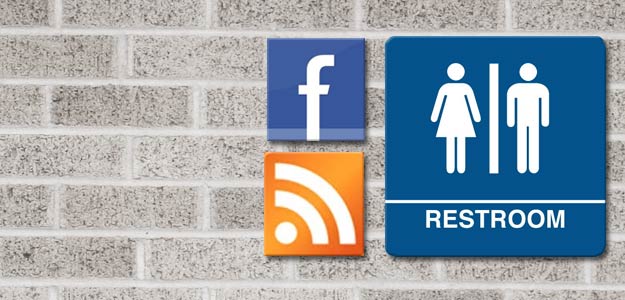By Jennifer LeClaire
In their haste to start selling online, many business owners overlook the value of their site design. It’s important to be aware that customers will form an immediate opinion of your company by the look and feel of your website. Your goal is to instill a sense of trust and confidence in your visitors and project yourself as a solid and stable company.
More than a third of shoppers who have a poor experience on a website abandon the site entirely, according to JupiterResearch, and 75 percent are likely not to shop on that site again.
That’s a loud and clear wake up call to e-tailers. Now that you are awake, it’s time to find out exactly what “poor experience” means in the minds of shoppers.
Thomas Harpointner, CEO of AIS Media, has some answers.
Harpointer has developed what he terms the “seven deadly e-commerce sins.” Of course, there are many mistakes e-tailers can make, but there are some that are downright deadly. Those include slow loading times, ugly interfaces, rotten usability, and the like.
The E-Commerce Times caught up with Harpointer to discuss these seven sins and how to avoid them. While some of these sins may be obvious, others may surprise you.
E-Commerce Times: I’ve heard slow response times really kill sales. How big of a problem is this and how do e-tailers avoid it?
Thomas Harpointner: The time until a user abandons a confusing or slow loading web page has shrunk from about 30 to seven seconds. Website loading times are second only to high product prices and shipping costs as the leading determinants of online shopper dissatisfaction. Choosing a fast and reliable web host has never been more important.
Businesses that choose to trust their valuable e-commerce site to a cheap web host may save a little money each month on their hosting bill, but lose thousands in sales. The worst part is that they may never even know it.
Ask your web host how many simultaneous connections to various internet backbones they have. Look for a bare minimum of three (the more, the better). Ask them what major e-commerce websites they currently host. Even if you’re just starting out, it’s best to be in the company of giants. Look for at least a 99.9 percent uptime guarantee.
Another factor that can significantly slow down a website is poor design and/or poor programming. Ask your website development firm to send you the links to a few other e-commerce websites they’ve developed and check how quick these sites load for you. Go through the buying experience. Ask a few friends to do the same. Would you buy from them? Remember, fancy graphics and animations may look pretty but can also impede the sales process.
ECT: Does a site have to be beautiful to be effective? Is it a sin to have an ugly site?
Harpointner: In their haste to start selling online, many business owners overlook the value of their site design. It’s important to be aware that customers will form an immediate opinion of your company by the look and feel of your website. Your goal is to instill a sense of trust and confidence in your visitors and project yourself as a solid and stable company.
Choose your website design firm carefully. Ask about their expertise specifically in the area of developing e-commerce websites. Ask to see examples of their work and the technologies they’ll be using. Inquire about the team that will actually be designing your site and make sure they have adequate experience in the field.
If you’re receiving proposals from several companies, be sure to compare apples to apples. If one company is significantly cheaper, valuable features may be missing. If effectively developed, your e-commerce website can generate revenue 24/7 (in most cases year-round) and deliver a substantial return on investment.
ECT: What is usability and why is poor usability such a sin in the e-commerce realm?
Harpointner: Usability refers to how easy it is for your visitors to find what they’re looking for and use your site. If shoppers get confused, they’ll become aggravated. Remember, a key reason people shop online is to avoid hassles. If you don’t make it easy for them to buy from you, they’ll shop elsewhere. Below are a few key points to making your site easy to use.
- Make your e-commerce website easy to navigate. Don’t try to get fancy here. Major online retailers like eBay and Amazon have spent more than a decade and tens of millions of dollars testing various navigation styles. They’ve already discovered what works. Why not put their experience to work for you and follow their success? Don’t pay your design firm to reinvent the wheel.
- Provide adequate search tools. Offer visitors several ways to find the products they’re looking for and have links to all your product categories and subcategories. Include a keyword search option that enables visitors to narrow their search by product brand, price, and features.
- Spotlight your best products. Provide pictures of your most popular or highly recommended products on your home page. Highlight your specials, such as free gifts or free shipping.
- Don’t put form ahead of function. Eliminate any Flash animations, fancy graphics, and anything else that interferes with your site’s performance. Remember, your goal isn’t to impress your visitors with your graphic design abilities. It’s to provide a great user experience that converts visitors into customers.
ECT: I’ve heard testimonials and user reviews can make or break certain types of websites. Is it a sin not to have them?
Harpointner: People care about what other people think, especially when it comes to purchases they are making. Allowing customers to voice their opinions by giving them the ability to write a review on your products not only builds loyalty, but also helps give other customers the confidence they need to order from you.
Make sure that your shopping cart system has a built-in product review feature. Look at it this way, if you don’t provide product reviews on your website, there’s a good chance that your potential customers will try to find a product review on other websites and they may never return.
ECT: Poor return policies must be one of the top e-commerce sins, right? What’s your view on that?
Harpointner: There’s little else that kills a “would-be” customer’s confidence in a product and enthusiasm about a purchase as quickly as a poor return policy. Regardless of whether you’re running an online or offline retail store, a fair and easy return policy is often the key factor that converts a shopper into a customer.
Don’t make the mistake of offering a great product selection, excellent prices, and a great user experience only to kill the sale with a poor return policy. Make sure your return policy is clearly written and simple to understand. If there are any unusual terms (i.e. “restocking fees”), explain them.
ECT: I’ve read that a lack of payment options can really hinder conversion rates. Is that true? Is it a sin in the consumer’s eyes to limit the options?
Harpointner: Over 90 percent of all online purchases are made with a credit card. If you’re serious about selling online, your website MUST be able to accept all major credit cards in order to effectively compete. Accepting credit cards also gives your company an established and professional image and helps give more customers the confidence necessary to do business with you.
Third party payment processing services such as PayPal are fine to offer as an option but should by no means be your only method of accepting payment. If a customer has had a negative experience with such a service, he/she is likely to shop elsewhere. Giving customers the option to place their order online and mail in their payment can also increase sales. Look for the “offline processing” feature in the shopping cart system you choose.
ECT: Poor site security may be the unpardonable sin. I mean, who wants to shop online where there is no security? How do e-commerce sites communicate that they are not committing this sin?
Harpointner: With identity theft as a top concern among consumers, consider how you will ensure that your customers’ personal information will be kept confidential. Publish your privacy policy on your website and take the necessary steps to give customers the confidence to trust you with their personal data.
Make sure you have adequate back-end systems in place. If your business lacks the internal technical resources, make sure that the web development firm you contract is competent in this area. Consider the negative consequences of your customers’ data being compromised.
If you’re looking to expand your e-commerce business, contact us for a free website analysis.








